In the USA, electrical grid capacity is being pushed to its limits, sometimes causing blackouts. While the anti-EV brigade will be quick to tell you electric cars are the culprits, they’re just a small part of the puzzle. Everything we do uses more energy, and part of that is due to the climate crisis.
Climate research group Climate Central found that between 1970 and 2022, summer temperatures rose by 2.4°F on average across nearly 230 locations. Some locations have grown considerably hotter, with Reno, NV now facing summers that are 11.1°F hotter than in 1970.
ADVERTISEMENT
From a practical point of view, this means that we’re running our A/C harder and for longer each year. It also puts pressure on appliances that need to use more energy to keep the food and drink inside cool. This alone puts a strain on the energy grid before you consider our reliance on technology and, of course, electric vehicles.
Risk Of Blackouts
Whether it’s from extreme weather events or a lack of grid capacity, many areas of the US have already experienced or are at risk of experiencing blackouts. During 2022, large areas experienced power issues following winter storms, which left many people without power for days.

At the time, many gasoline car owners were poking fun at EV owners asking how they were going to charge their vehicles with no power. Of course, what everyone fails to mention is that gas stations also can’t function without power.
While EVs will no doubt put some strain on the grid, they also can be part of the solution. Imagine being able to power your whole house with your electric car. This feels like something you’d see in a “Homes of the Future” show from the 60s, but it will soon be a reality.
V2X As A Solution
Vehicle-to-Everything (V2X) technology enables two-way charging of electric vehicles. This means that plugging your car into your home charger will, as you’d expect, charge your car. But you’ll also be able to send the electricity now stored in the car’s battery back into your home.
This gives you extra energy independence and could help you save on bills. Crucially, it could also keep the lights on during blackouts.
At the moment, there aren’t many V2X chargers on the market and very few cars that support bi-directional charging. However, the Ford F-150 Lightning does have these capabilities.
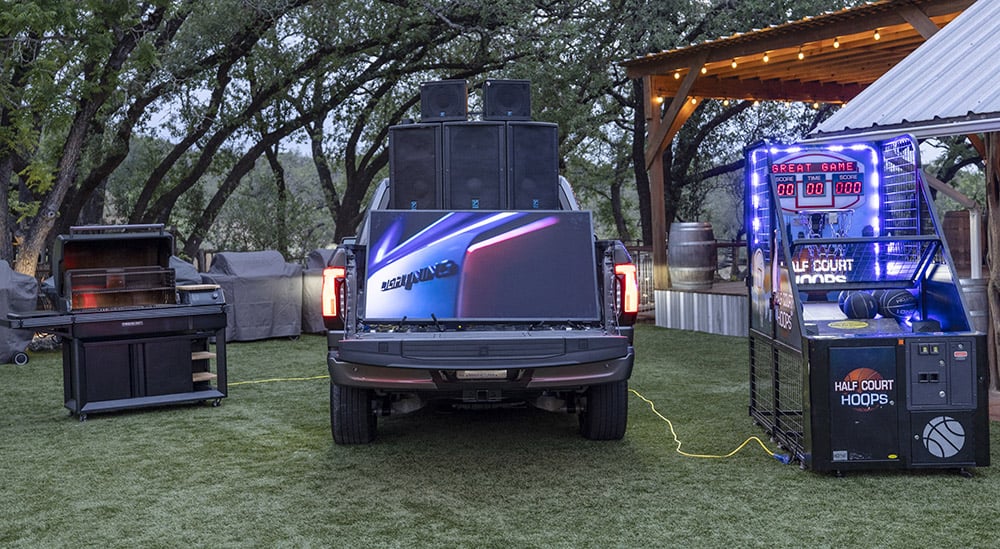
There are only a few EVs available in the US that can perform bidirectional charging. These EVs include:
| Electric Vehicle (EV) Model | Bidirectional Charging Type |
|---|---|
| Ford F-150 Lightning | V2G |
| Genesis GV60 | V2L |
| Hyundai Ioniq 5 | V2L |
| Hyundai Ioniq 6 | V2L |
| Kia EV6 | V2L |
| Kia Niro | V2L |
| Mitsubishi Outlander PHEV | V2L |
| Nissan Leaf | V2H, V2G |
| VW ID.4 | V2H |
Pacific Gas and Electric partnered with Ford on a study to show just how this works. It found that the F-150 Lightning’s extended-range battery (131kWh) could power the average home for as much as three days. That’s three days of still being able to cook, have hot showers, and turn the lights on in the event of a blackout.
Additionally, vehicles and chargers with these capabilities could also send power back to the grid in times of low capacity (known as Vehicle-to-Grid technology or V2G). If this is managed in a way that still gives enough charge to travel when needed, EVs feeding power back to the grid could solve the problem of summer blackouts.
Energy Resilience
Blackouts are something that, unfortunately, will become more common without heavy investments in an upgraded electricity grid. The US isn’t alone in its concern with grid capacity, the UK and Germany are also under strain. Regardless of the type of vehicle you drive, being without power will impact your ability to travel.
As we grapple with the increasing challenges of grid capacity and climate-induced energy demands, the narrative around electric vehicles is shifting from being perceived as part of the problem to becoming a crucial part of the solution. This isn’t just about transport, though, it’s about transforming EVs into flexible batteries on wheels. EVs can power our homes during blackouts and feed energy back to the grid when it’s strained. While we’re still on the cusp of widespread adoption of V2X, its potential to mitigate blackout risks and enhance energy independence is undeniable.
ADVERTISEMENT

IMAGES: FORD
FTC: We use income-earning auto affiliate links. Learn more.


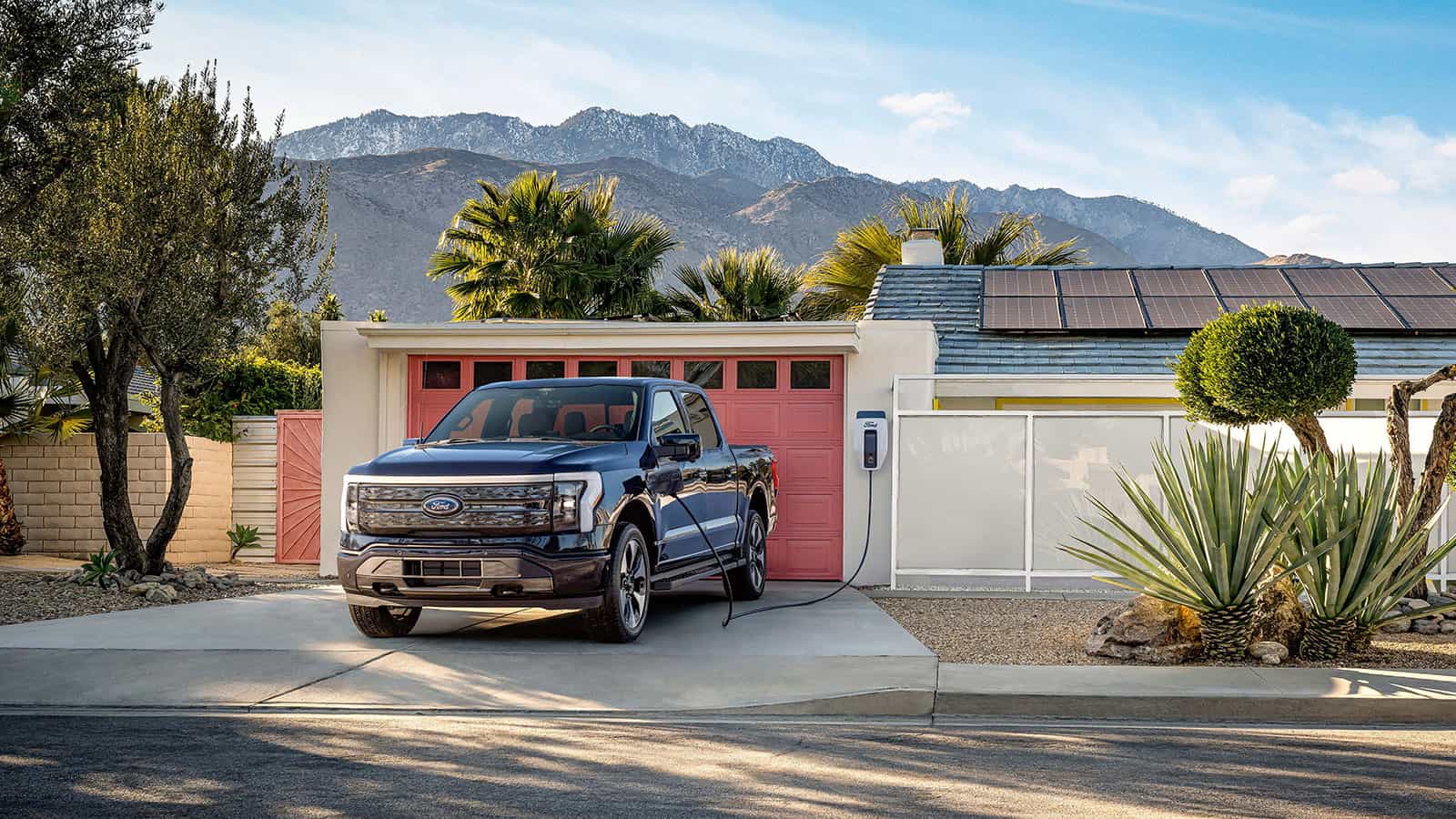
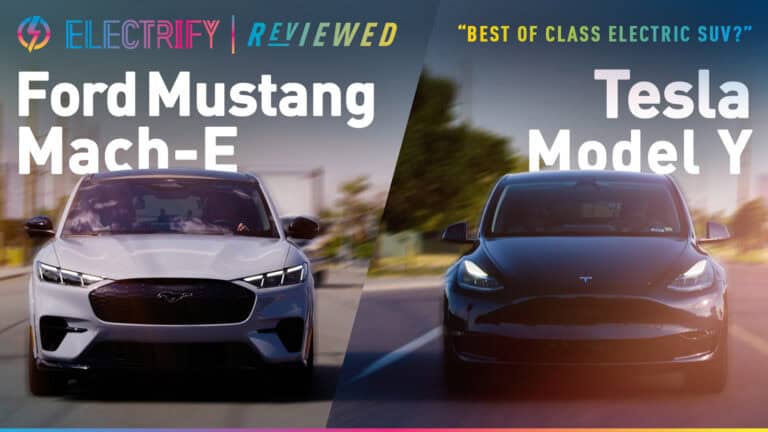
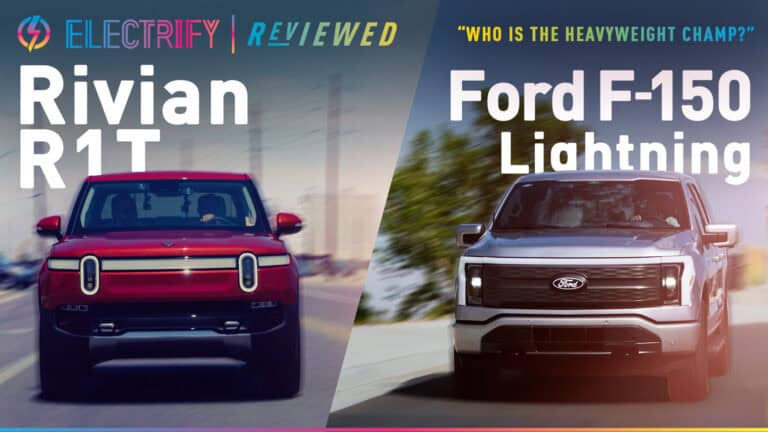
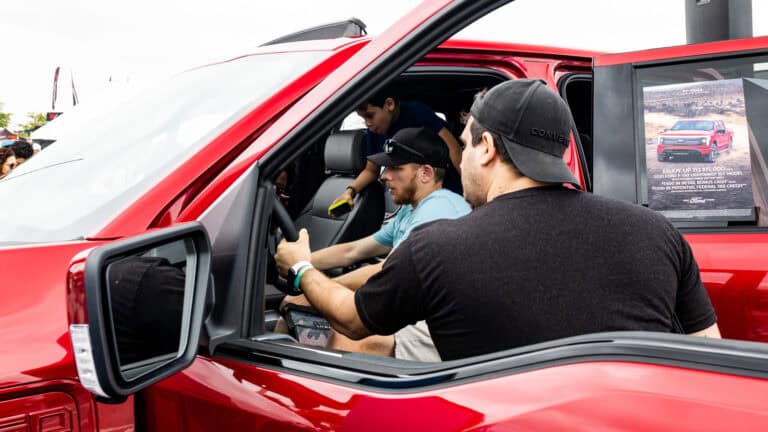






One Response